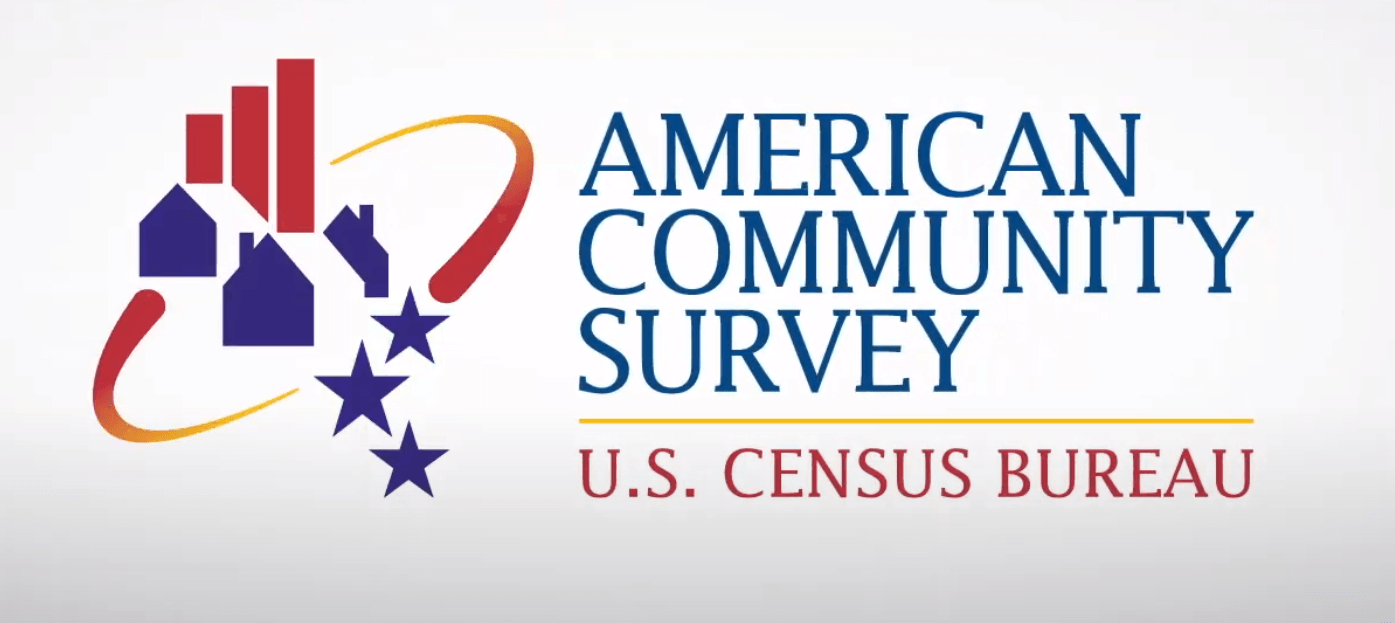India Post News Service
The U.S. Census Bureau serves a vital role in providing statistical information about the nation’s people and economy. Amid the COVID-19 pandemic, the Census Bureau has had to adapt surveys and other data collections to keep both the nation informed, and staff as well as the people who respond safe.
The pandemic has disrupted data collection for one of the nation’s most comprehensive sources of information about the U.S. population — the Census Bureau’s American Community Survey (ACS).
What Is the American Community Survey (ACS)?
Instead of counting the entire population once a decade like the census, the ACS surveys a sample of the population (about 3.5 million addresses) every year to create statistics for the nation, states and communities down to the “tract” or neighborhood level.
As an annual survey, the ACS is the nation’s most current, reliable and accessible data source for many local statistics. These statistics are comparable across the nation, and many do not exist anywhere else.
The ACS expands beyond the questions on the 2020 Census questionnaire and provides information on critical planning topics such as:
Asian population and language breakdown.
- Educational attainment.
- Household and personal income.
- Veterans status.
- Employment.
- Commuting time.
- Housing costs.
- Disability status.
Combined with the census, ACS data help determine how hundreds of billions of dollars in federal and state funds are distributed each year.
How We Usually Collect Data
Each month, we ask about 295,000 housing unit addresses to participate in the survey. We call each month’s set of addresses a “panel.”
We collect data for each panel through two phases:
Self-Response. We first mail each address an invitation to respond online. Later, we send non-responding addresses a paper questionnaire, giving them the option of responding by mail. Depending on if and when they respond, an address may receive up to five mailings encouraging them to participate.
Nonresponse Follow-up. If we don’t receive a response online or by mail, we may send a field representative to visit the address. The field representative uses a laptop to guide them through asking the survey questions and recording the responses.
The pandemic posed challenges for collecting ACS data during both phases.
Disruptions to Self-Response
We suspended key activities from mid-March through June 2020. Instead of our usual five mailings, we sent two that included: Information on how to respond online, and paper questionnaires for some addresses and a reminder to respond online for the others.
In October 2020, as more staff returned to in-person work, we were able to resume:
Mailing questionnaire packages to all addresses in the current panels that had not yet responded.
Sending a third mailing to remind households to respond.
We continued doing this until we were able to return to our standard five-mail out strategy in April 2021.
Disruptions to Nonresponse Follow-up
During the pandemic, we’ve been able to continue following up with households that did not respond. We resumed visits for some areas of the country in July 2020 and in all areas without stay-at-home orders in September 2020.
Impact on Group Quarters
The pandemic also significantly impacted how we collect information from people living in group quarters, such as nursing homes, college dorms and prisons. We typically rely on personal visits to collect data from group quarters, and pandemic-related restrictions temporarily halted those.
Summary
- The need to protect our staff and the people who respond temporarily shut down many of our operations:
- Mailing information to households encouraging them to respond.
- Following up in person with non-responding households.
- Collecting data from group quarters.
We were able to adapt to the challenges of the pandemic while still managing to collect about two-thirds of the responses we usually collect in a survey year. The natural question is: What does this mean for the detailed demographic, social, economic and housing statistics that the ACS will produce this fall?
We expect the 2020 ACS statistics may look different from prior years — both because of what the survey measured about our nation during such a historic year and because of the pandemic’s effects on the survey itself.







